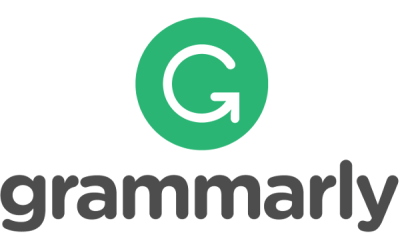Submissions
Submission Preparation Checklist
As part of the submission process, authors are required to check off their submission's compliance with all of the following items, and submissions may be returned to authors that do not adhere to these guidelines.- Article Submission submitted is the result of research in accordance with the scope specified by the journal STEAM Engineering.
- The manuscript is written according to the writing and format determined by the journal STEAM Engineering.
- Manuscripts registered in the journal STEAM Engineering do not contain plagiarism.
- Manuscripts that are registered in the journal STEAM Engineering have never been published, including not being in-press status, and not being registered in another journal.
- The manuscript is written in Indonesian or English, saved in MS Word compatibility mode file with Microsoft Word 97-2003 format.











